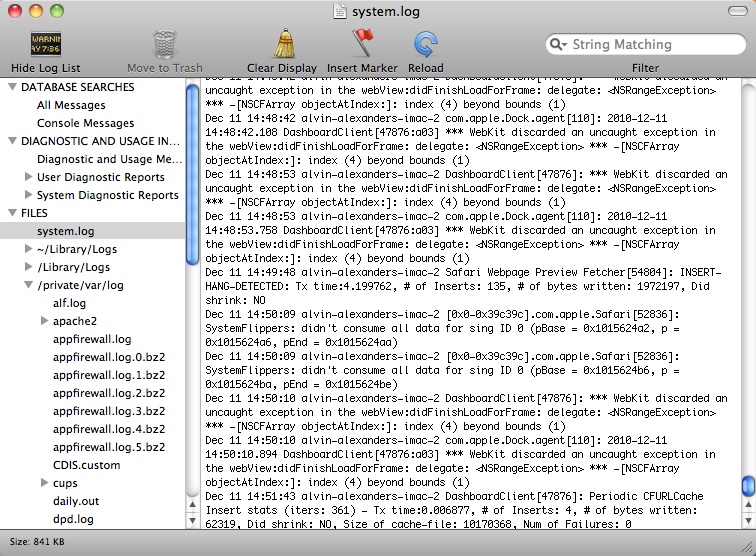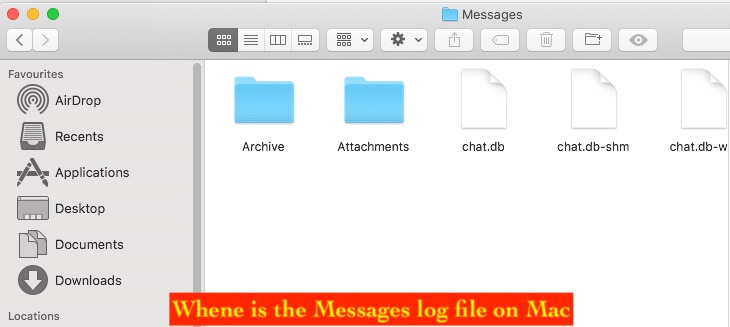

#Mac log files download#
Download CleanMyMac X now and feel what it’s like to have a faster, cleaner Mac.When attempting to free up space or doing basic maintenance on your Mac drive, you will often come across a suggestion to clear out your log files. And, as we said before, it can do so much more, too! With CleanMyMac X, you can clean up outdated apps, language packs, universal binaries, and gigabytes of useless junk you didn’t even know you had. If your Mac is doing well, there’s nothing particularly harmful in deleting logs.Ĭleaning up log files with CleanMyMac X is as easy as can be. As we have said, log files serve diagnostic purposes. You shouldn’t delete the entire Logs folder, only delete what’s contained inside as a word of caution. For example, I’ve found a single log file by Elmedia player that weighted 325 MB in writing this article. Some apps have notoriously large log files, especially media apps. Though it doesn’t directly translate into speed, there is some benefit in keeping your disk clean. Many experienced users prefer to clean their user logs as part of their Mac cleaning routine. Deselect everything except for System Log Files and User Log Files, and then click Clean.


#Mac log files manual#
We've got two ways to do it: the manual way and the CleanMyMac X way. But since you asked, here is how it’s done. It may backfire if you don’t know what you’re deleting. You should know that deleting user logs is not an everyday operation. User logs are a part of your user profile.
#Mac log files software#
And lastly, outdated logs could potentially cause software conflicts. Second, however small they are, logs still take space on your disk.

Why would anyone want to delete user logs on Mac? First, deleting outdated logs may speed up some of your apps. But when you need to diagnose a problem, log files are an indispensable invention. To us, regular users, this information bears no sense because it’s unreadable. Any operation that is being performed is noted down in the form of logs, much like a “black box” on an airplane.įor the most part, log files contain crash reports and app errors. Log files are a journal of system parameters and entries describing everything that takes place on your Mac. But to help you do it all by yourself, we’ve gathered our best ideas and solutions below. So here's a tip for you: Download CleanMyMac to quickly solve some of the issues mentioned in this article.


 0 kommentar(er)
0 kommentar(er)
